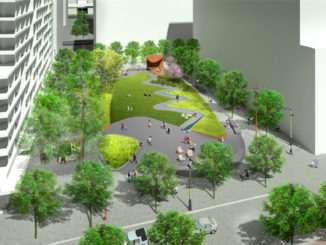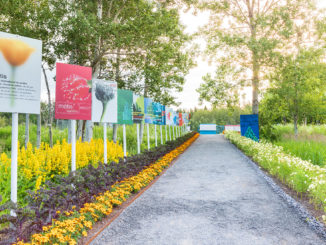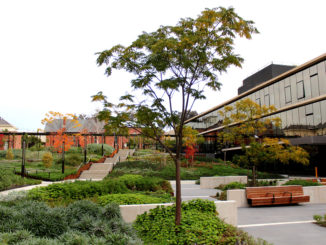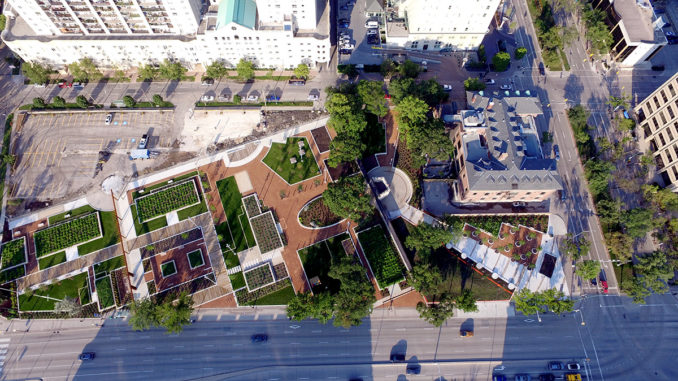
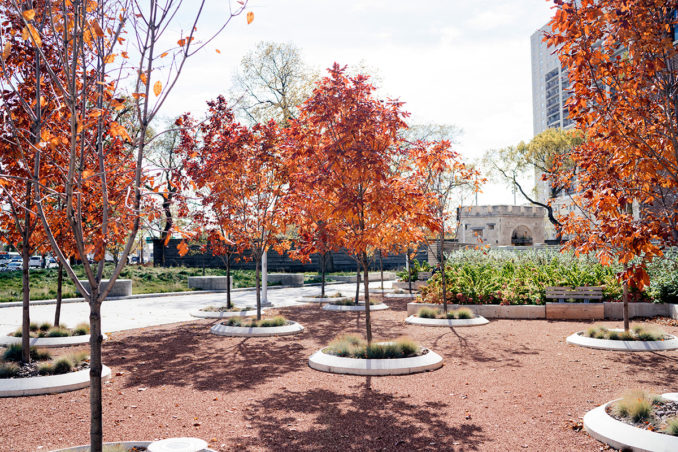
Upper Fort Garry in Winnipeg, Manitoba, is one of the most important historic sites in Western Canada. Within its walls, experiments in frontier governance led by Louis Riel and others established a new model for multicultural society, and helped spur Canada toward nationhood.
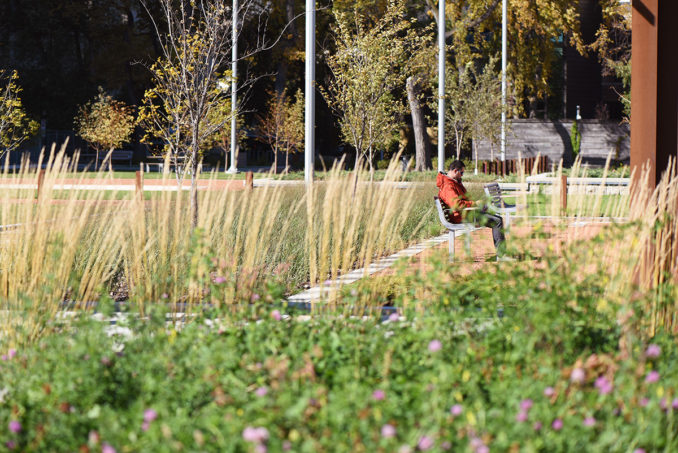
The fort was largely dismantled between 1871 and 1900, with only the north gate standing today, surrounded by what is now downtown Winnipeg. Development pressures in 2008 spurred a dramatic conservation showdown, and inspired a bold vision to reclaim it as a new provincial park and reveal its stories to the next generation. The citizen group that led the charge and took possession of the land were looking for something compelling and new, something that would be an active part of the fabric of the downtown and resonate with people today, particularly young people.
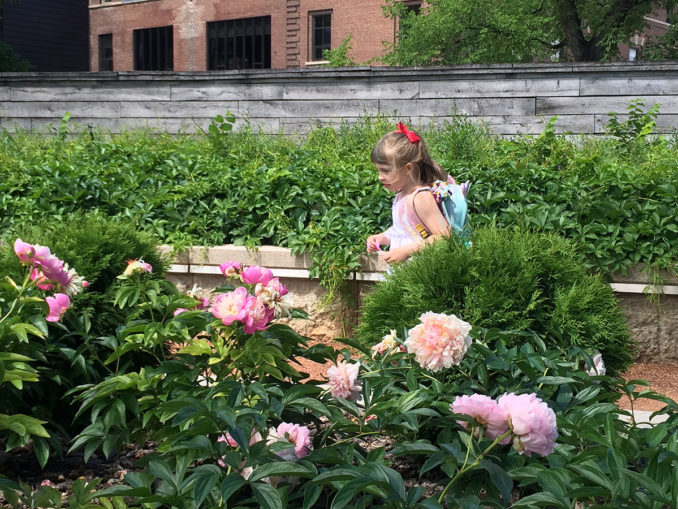
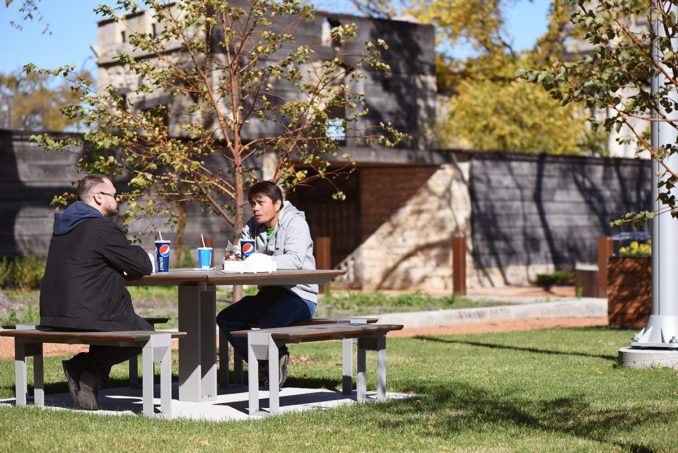
Over the seven years required to execute the project, HTFC as prime consultant delivered a broad range of services beyond the park plan including a feasibility/governance study, public programming, and a comprehensive interpretive plan. The team overcame many technical hurdles and weathered public feuds between funders, elected officials, and the client. Aptly, the interpretive emphasis shifted away from nation-building toward cultural conflict and public debate, looking for ways to not just to tell stories, but to start a conversation and explore different perspectives. The fort’s stories are rich, complex and controversial. There is no single correct telling.
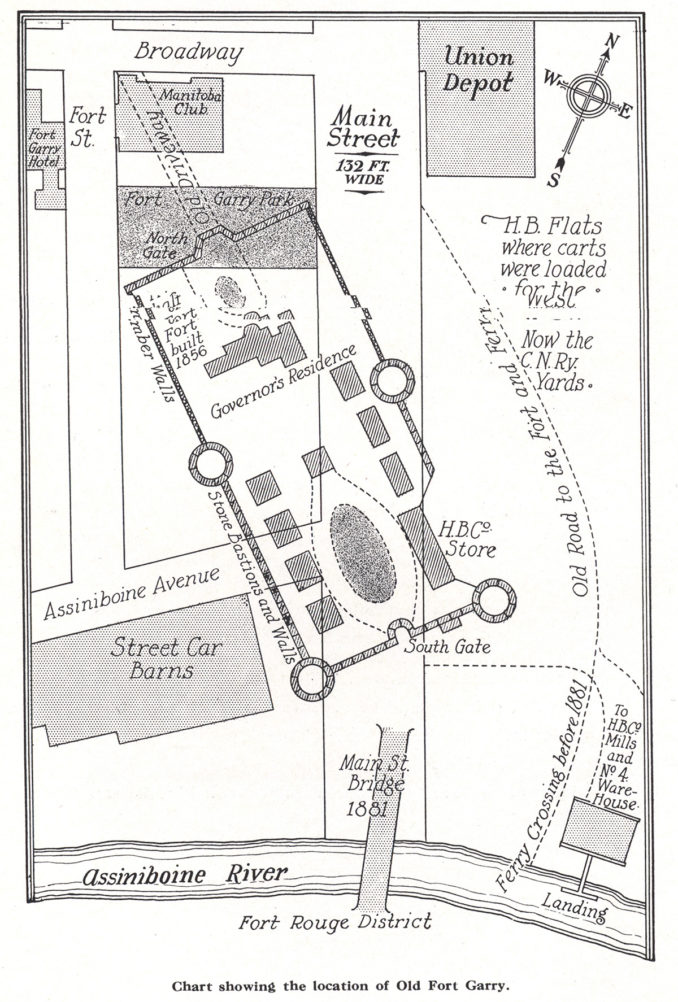
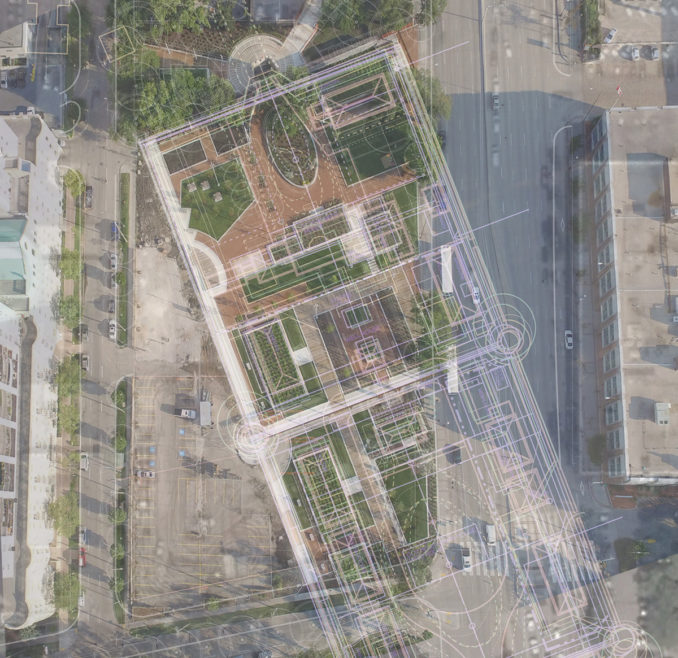
In the spirit of the early diplomats struggling to unite the many voices and factions in the community, Upper Fort Garry Provincial Park embraces the contradictions and bias inherent in our historical records, representing elements of the fort artistically from multiple overlapping perspectives. This layering of periods and representations is revealed in the various materials and paving patterns on the site, creating a slightly jittery outline as we approximate the locations of things, visually capturing the idea that history “is a distillation of rumours”.
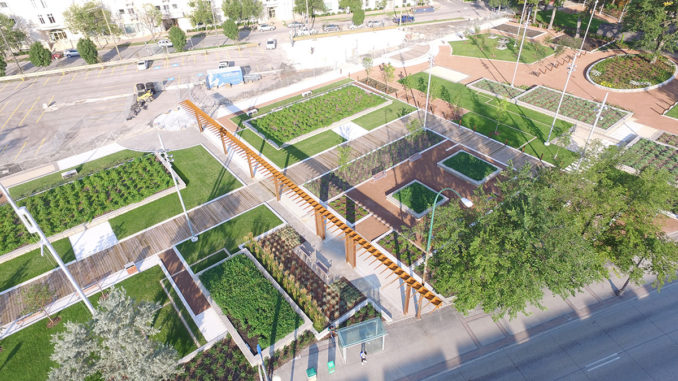
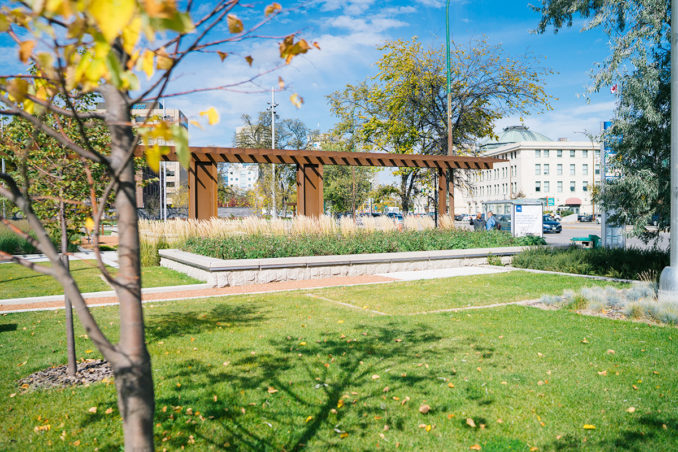
Limestone platforms, or ‘plinths’ are located where we have the highest confidence that buildings stood. Over time, each plinth will support a public art piece inspired by the events and function of that building. Other ephemeral installations are already occurring within the park. Art keeps things fresh, and creates a different sort of engagement with the public: drawing people in and suggesting things rather than saying them outright.
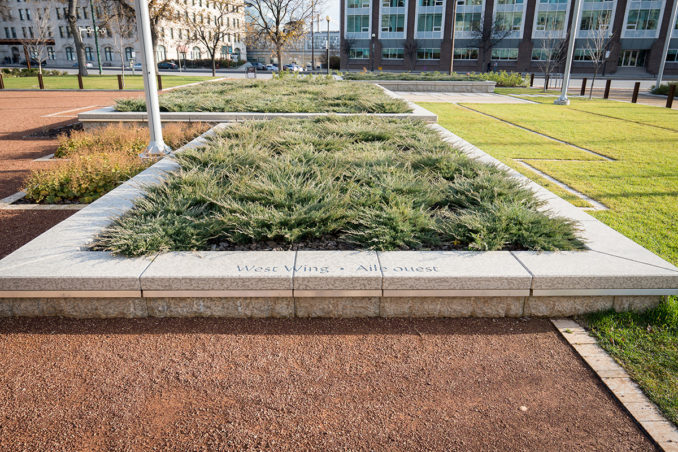
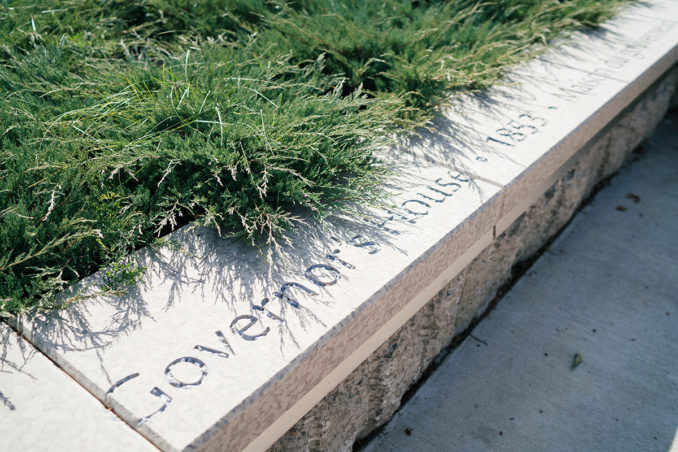
The focal point of the park is Winnipeg’s largest public art piece: the MLLC Heritage Wall, 400 feet of layered CorTen steel inscribed with graphics and an LED video array. Developed by Cohlmeyer Architecture, HTFC and Pattern Interactive, The Wall marks the location of the former west fort wall and lends soundscapes and lo-fi ambient graphics to the space. Starting this year, the Wall will host community-sourced digital content.
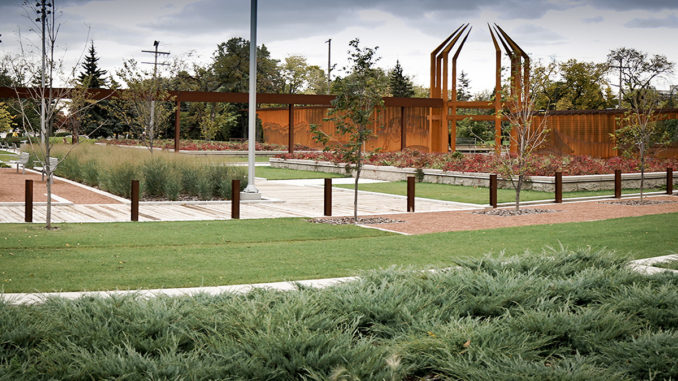
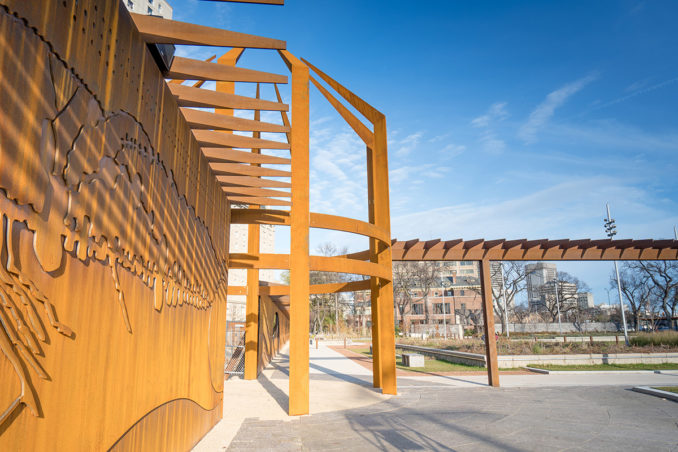
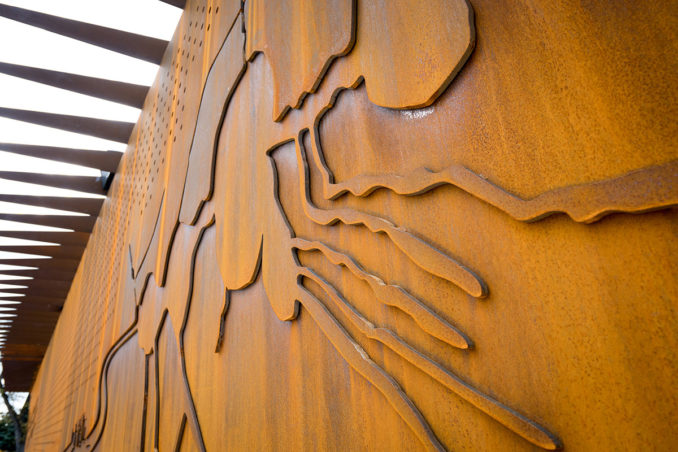
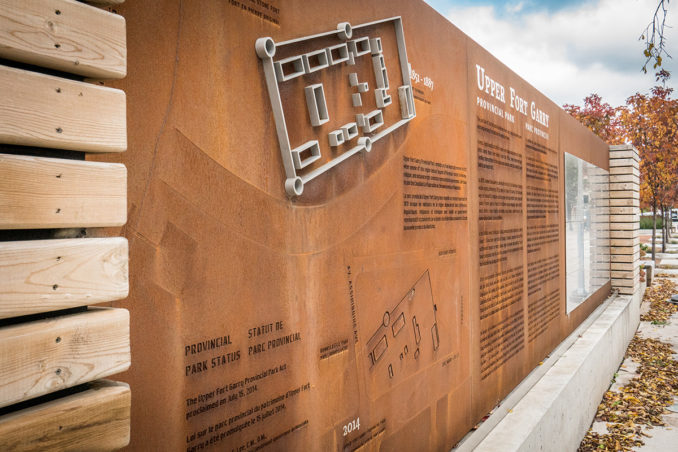
Multi-faceted and ripe for discovery, the site offers a new vision for heritage interpretation in the city, one that uses contemporary materials and media, looks forward as well as back, invites participation, and finds new meaning and vitality in the diversity of our shared stories.
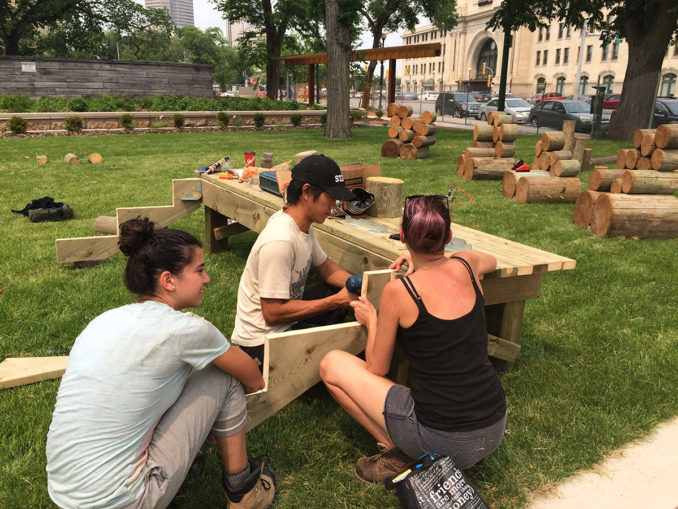
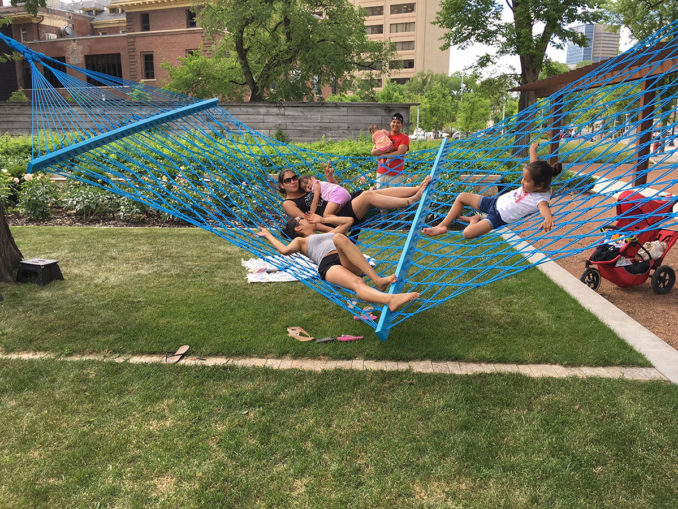
Upper Fort Garry Provincial Park
Client: Friends of Upper Fort Garry
Landscape Architects: HTFC Planning & Design
Contractors: Westland Construction Ltd.
Sub-consultant: Heritage Wall Co-Designer – Cohlmeyer Architects
Sub-consultant: Heritage Wall technical and graphic design – Pattern Interactive
Text Credit: HTFC Planning & Design
Image Credits: as credited above

